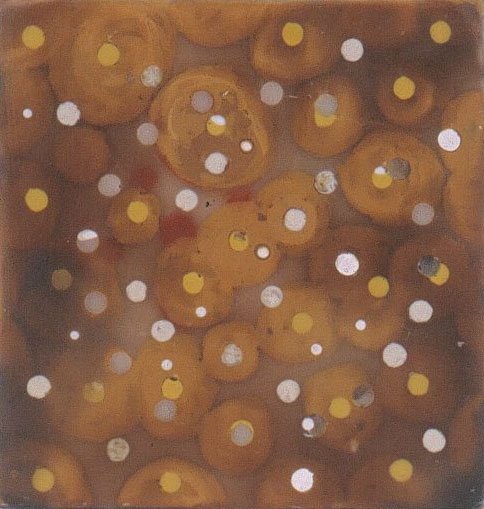Clos du Tue-Bœuf makes my favourite wine of the year

Clos du Tue-Bœuf Rouge Cheverny 2006 (about $15) In any previous year, Portuguese red blends -- frequently strong values -- would be in my list of favourites. Last year, the Casa de Santar Dão 2003 was one of my go-to everyday wines, for instance.
In any previous year, Portuguese red blends -- frequently strong values -- would be in my list of favourites. Last year, the Casa de Santar Dão 2003 was one of my go-to everyday wines, for instance.
This year, I have found similar strong value, and a familiar rusticity, flavour profile and food-friendliness, in a Cheverny red blend, the generic cuvée from Clos du Tue-Bœuf (of France's Puzelat fame).
Cheverny is a French AOC in the Loire Valley and it is more associated with white wines than red. I would hardly expect it to suggest to me my favourite Portuguese bottles. But it did.
It's even stranger that the grapes blended together to do this are Gamay and Pinot Noir -- not exactly kin to the indigenous grapes of Portugal, or their reputation for yielding heavy and tannic wine.
This entry-level Tue-Boeuf was introduced to me by BrooklynGuy back in August. At that time, I was the first of thirteen people to comment on his report, salivating over what sounded like my ideal find -- what he titled "The Finest Value Red of the Season". Having just arrived back from a New York vacation days earlier (during which time I got to experiment with some inexpensive unfiltered Beaujolais that was Bguy-approved and meet the man himself), I commented that I could only hope to return sometime in the fall to hunt down this fetching cow-killer of a cuvée.
Months pass, and it's late November. I'm in Brooklyn. By all accounts this wine is out of stock (but I had all but entirely forgotten about it anyway). Sure enough, along comes Brooklynguy to meet me at a Seventh Avenue wineshop in Park Slope called Prospect Wines and he's carrying with him his last bottle of Tue-Boeuf and he proceeds to serve it me at BYO down the block. What a guy. That this wine turned out to be every bit as good as he had described was just the icing on the cake. This was one of the best wine experiences of recent memory -- and surely one of my favourite pours of the year too.
This wine is definitely unavailable in Brooklyn (or else I would've retrieved it), and as I mentioned, I couldn't get it in Canada. So suffice to say good luck to you tracking some down.
For the tasting notes on this one I leave you in the capable hands of Brooklynguy, who wrote about this bottle from summer into fall on CellarTracker in 2007. Here's how I cut and paste his observations together. (Thanks again Brooklynguy!)
Eyes: Light but deep, ripe and earthy (hmmm... I think this is referring to palate rather than appearance).
Nose: Lovely Pinot Noir nose of griottes, clean aromas of dark red berries and once open for about 10 minutes, vivid floral aromas -- dark violet.
Mouth: Pure, juicy, sweet and luscious, this is a bowl of black cherries on the palate, with pleasant earthiness and lip-smacking acidity. Smooth, although slightly grainy texture, and floral. Delicious. Low alcohol.
Stomach: Fantastic inexpensive Pinot/Gamay blend incredible how delicious this wine is (especially when you're eating -- we had it with hummus and fresh Middle-Eastern bread, bean stew, grilled lamb, and salad). When you think that it costs about $13 it becomes ridiculous.











